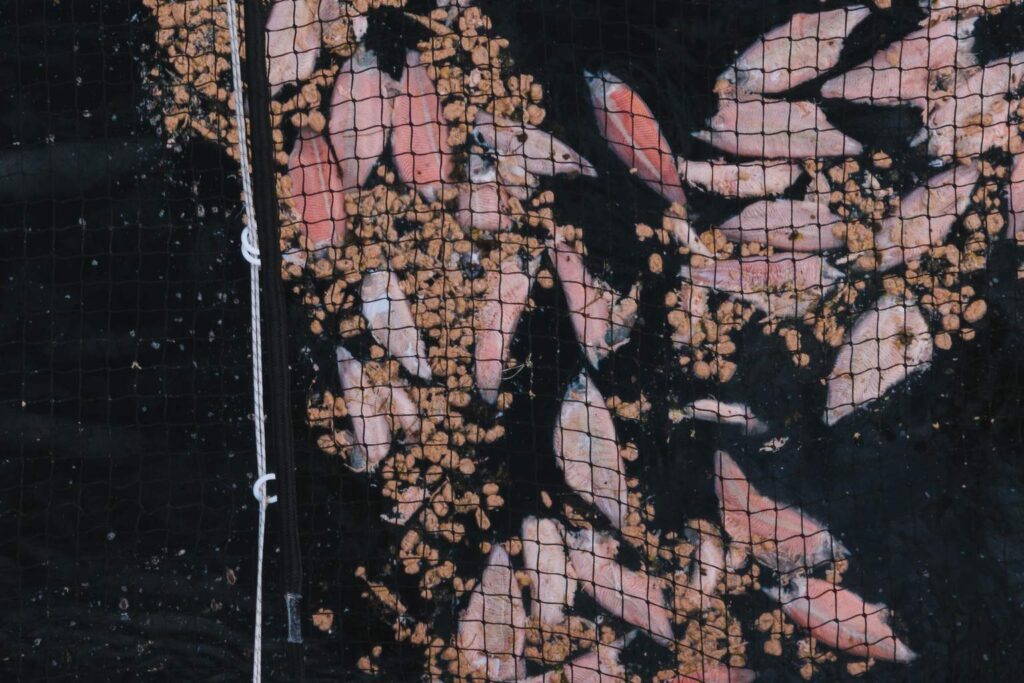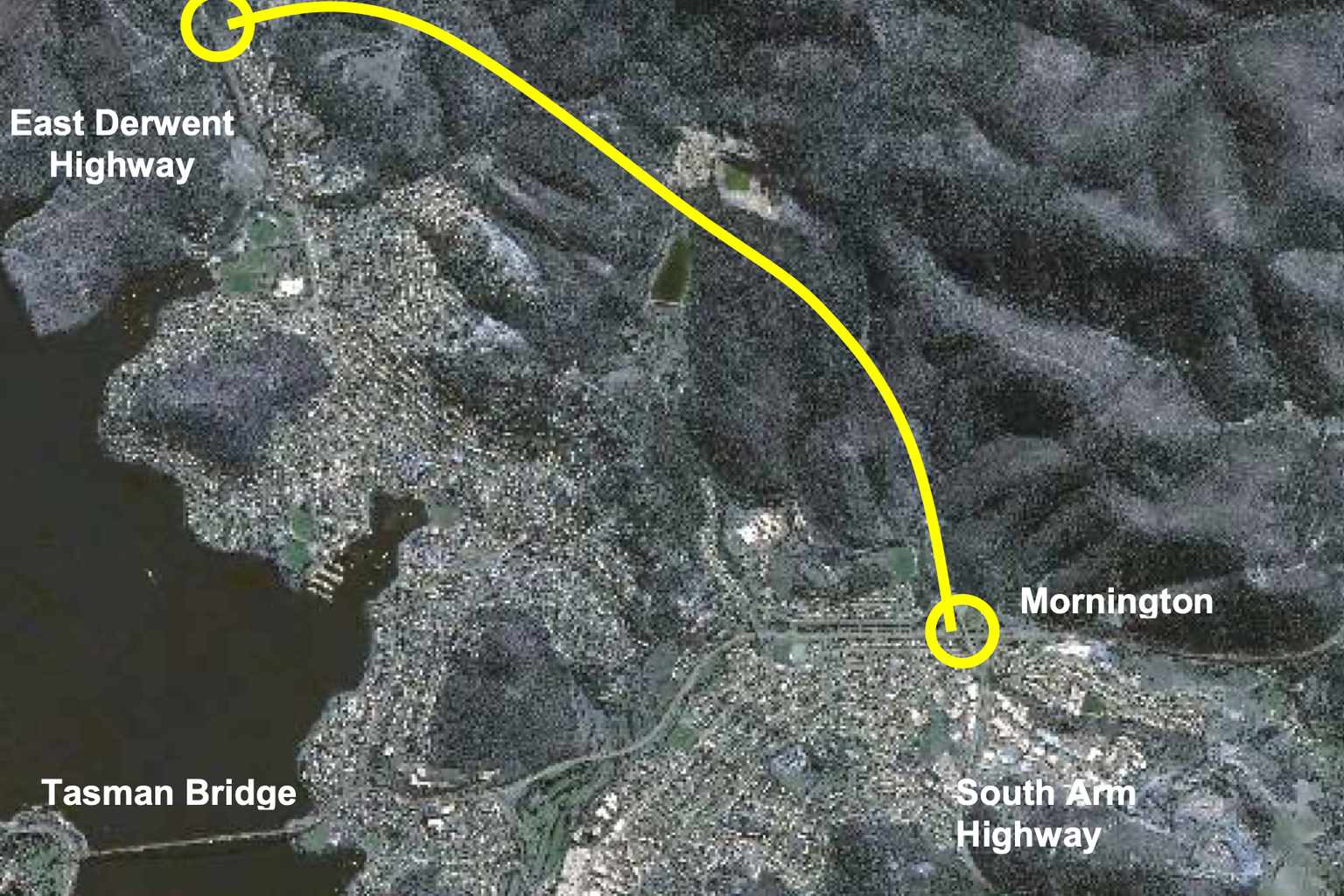Fish deaths in Tasmania’s salmon farms declined by almost 50% in March compared to February, signalling the end of an unprecedented mortality event, according to the Environment Protection Authority.
Tasmanian marine finfish farms generated 6,300 tonnes of mortality waste in February.
“Water temperatures are falling and there has been a significant decline in the number of pens above the mortality reporting thresholds in April,” said EPA CEO Catherine Murdoch.
The EPA reports that 100% of the salmon mortality waste was beneficially reused through rendering, composting or as agricultural fertiliser.

The news comes as a relief to the salmon industry, which has been grappling with elevated fish deaths in recent months.
Independent environmental monitoring conducted at four beaches in the southern D’Entrecasteaux Channel have found all water quality and beach sediment samples were below detection limits for the antibiotic oxytetracycline.

“The EPA collected water samples in the last two weeks of March at 10 offshore locations and a significant number of wild fish at four locations within the southern D’Entrecasteaux Channel for analysis and none of these samples detected any antibiotic residues,” Murdoch said.
“The EPA considers the presence of antibiotics in the southern D’Entrecasteaux Channel to be back to background levels.”
The agency says it will continue to receive and monitor mortality data from salmon producers as a precautionary measure, despite indications that the crisis has abated.
Huon Aquaculture is continuing to conduct mandatory antibiotic sampling at its Zuidpool lease, with reports to be published on the EPA website.







